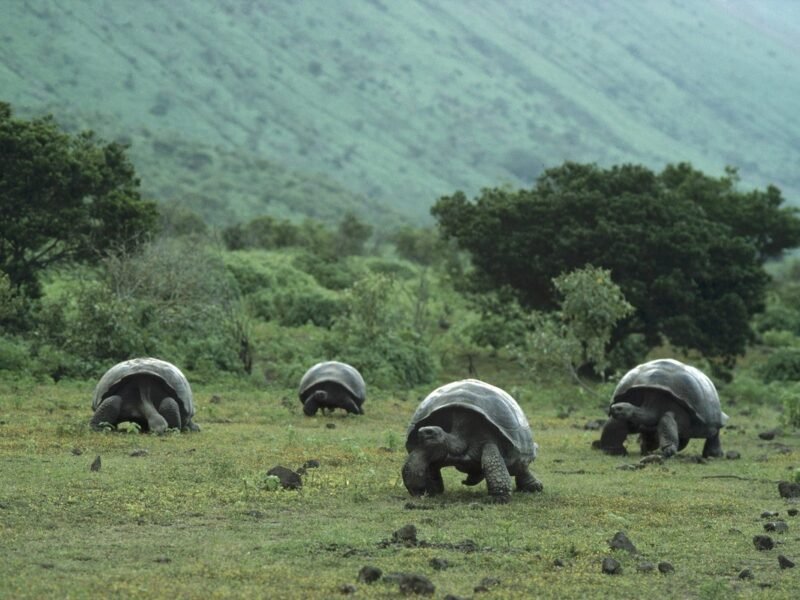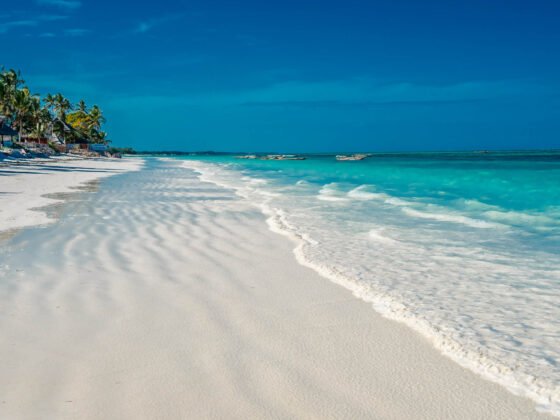Ecotourism is becoming an increasingly popular way of traveling for those who want to explore the natural world while minimizing the negative impact on the environment and local communities. This type of travel promotes responsible and sustainable tourism practices, while providing a unique and authentic experience of nature and culture.
Ecotourism involves activities that promote environmental conservation, education, and sustainable development. These activities include nature walks, wildlife safaris, bird watching, cultural tours, and volunteering in conservation projects. The purpose of ecotourism is to create a positive impact on the environment and local communities, while providing visitors with a unique and authentic experience of nature and culture.
Ecotourism is different from traditional mass tourism, which often has a negative impact on the environment and local communities, by promoting responsible travel practices. Ecotourism encourages tourists to appreciate the natural environment and cultural heritage, while supporting sustainable development and conservation efforts.
If you are open for new experiences, here are some of the best destinations for ecotourism:
Costa Rica
Costa Rica is a pioneer in ecotourism, reserving an impressive 26% of its land for national parks, wildlife reserves, and protected areas. Despite being a small country, covering just 19,730 square miles (51,100 square km), Costa Rica has a wealth of offerings for travelers seeking to immerse themselves in nature.
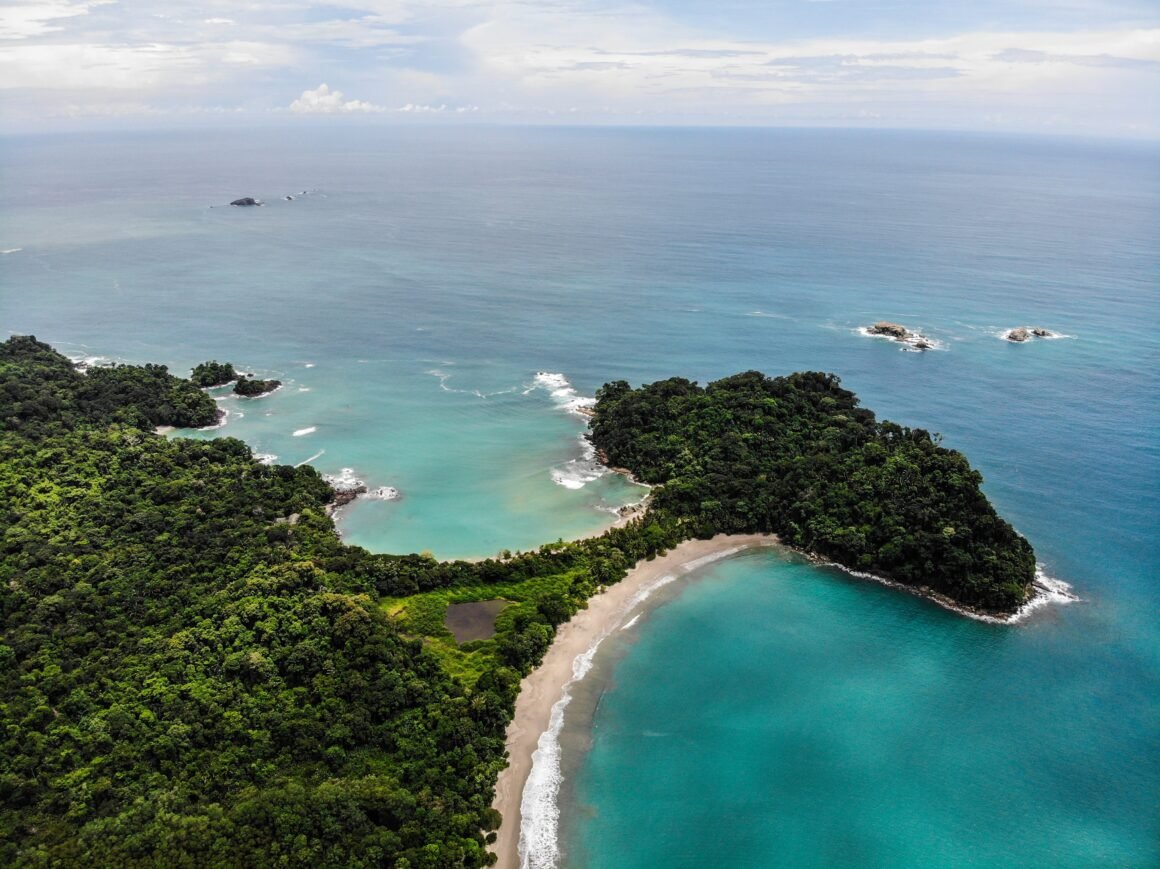
Explore the lush rainforests and spot exotic birds, marvel at the diverse array of wildlife and marine species, relax on pristine beaches, or seek adventure in the great outdoors. Whether you’re a nature enthusiast or an adrenaline junkie, there is something for everyone in Costa Rica.
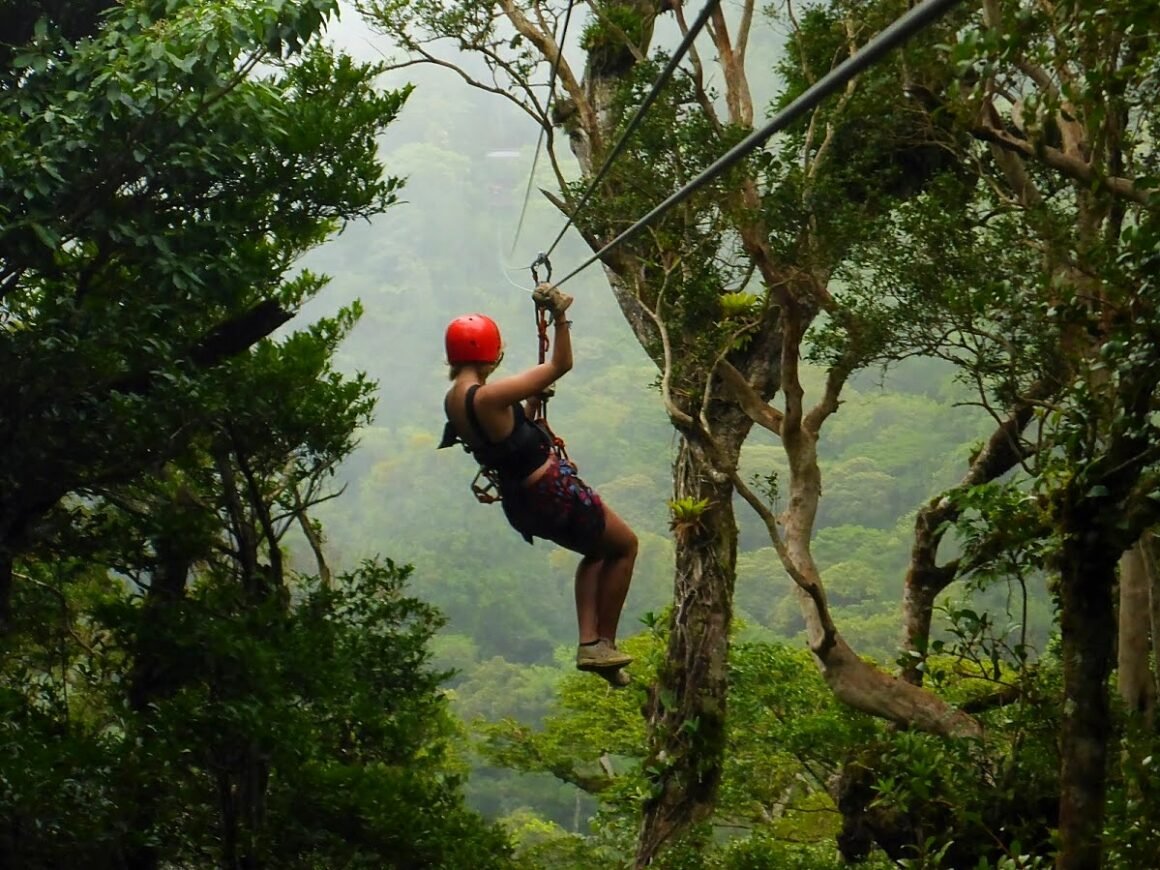
Costa Rica’s tourism industry has embraced environmentally sustainable practices, protecting the country’s natural treasures while generating economic opportunities in rural areas. The broad-reaching benefits of ecotourism are undeniable. Through ecotourism, Costa Rica has achieved sustainable development and safeguarded unspoiled landscapes from the destructive impacts of agricultural practices. Here you can find some ideas for what to do in Costa Rica.

Galapagos Islands, Ecuador
This archipelago in the Pacific Ocean is known for its unique and diverse wildlife, including giant tortoises, marine iguanas, and blue-footed boobies. Visitors can take guided tours to explore the islands, learn about conservation efforts, and even swim with sea lions and sharks.
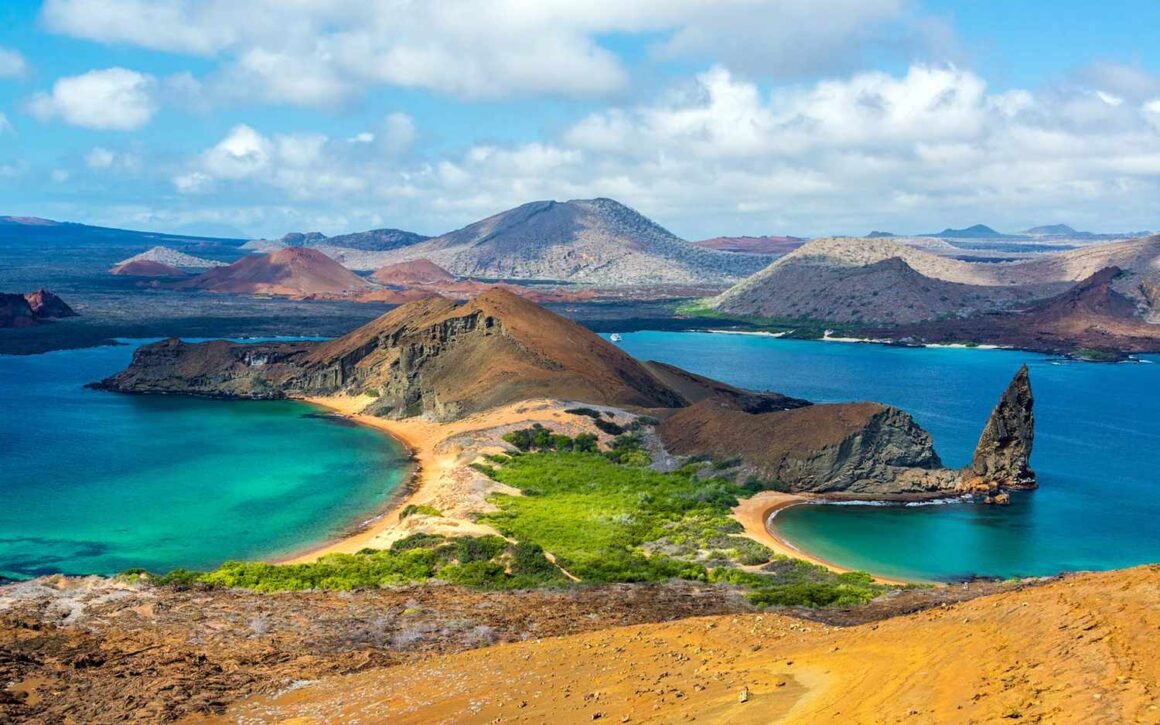
The Galapagos Islands earned the prestigious distinction of being the world’s inaugural UNESCO-designated World Heritage Site in 1979, recognizing the outstanding universal value of these remarkable islands. Sustainable and responsible tourism practices allow visitors to appreciate the splendor of this unique destination while also preserving its natural beauty. By following straightforward guidelines, such as showing respect for the wildlife and making thoughtful souvenir purchases, every traveler can make a positive impact.
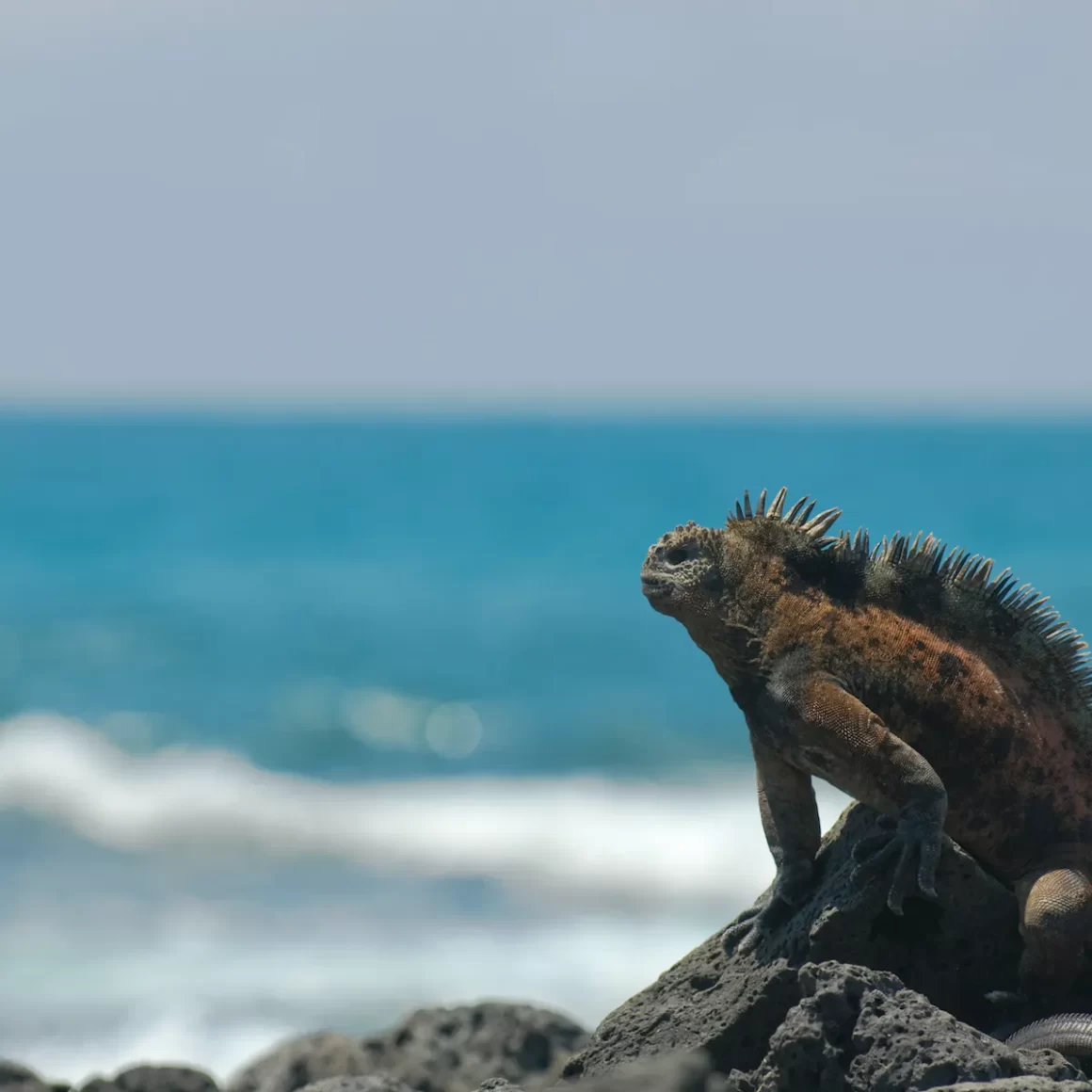
Borneo, Malaysia
This island in Southeast Asia is home to one of the oldest rainforests in the world and is a biodiversity hotspot, with many endemic species. Visitors can go on guided jungle treks, visit orangutan sanctuaries, and learn about indigenous cultures.
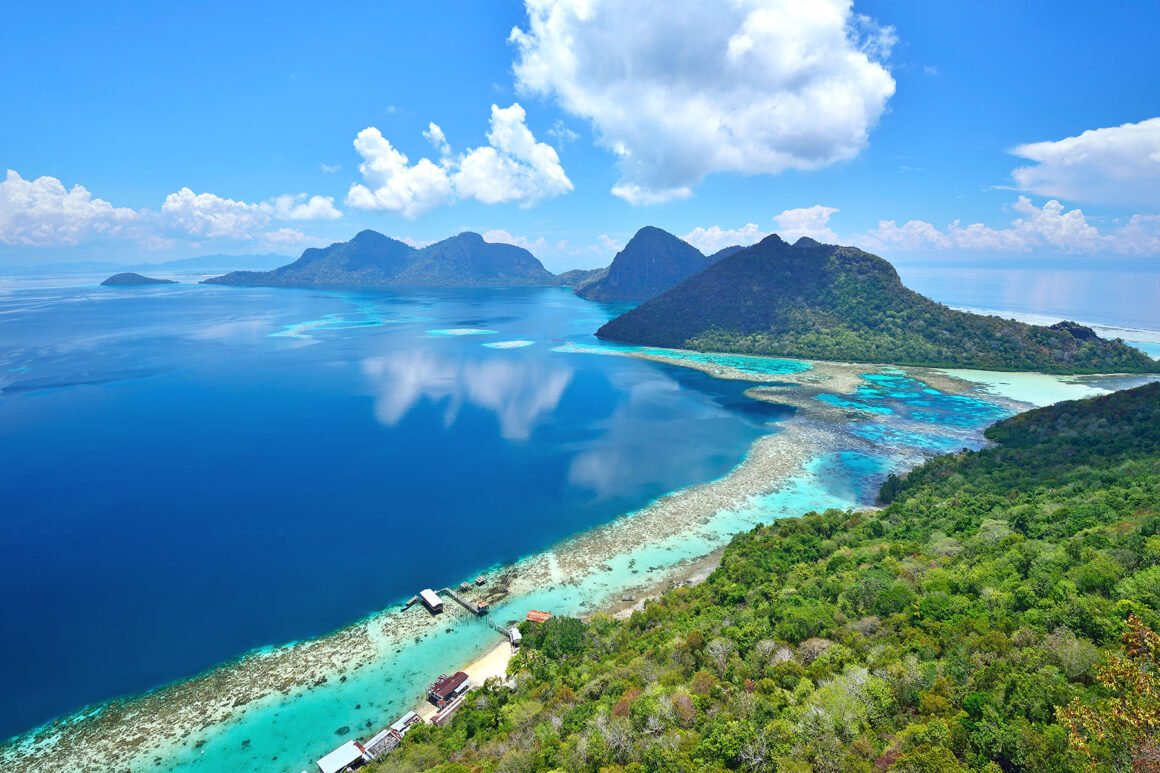
Borneo, shared by Malaysia, Indonesia, and Brunei, boasts numerous captivating national parks and protected areas, each showcasing a diverse range of biomes and ecological niches, from lowlands to highlands, mangroves to swamps. This biodiversity hotspot is home to tens of thousands of species, including rare birds and primates. Among these protected areas is Danum Valley, located about two hours from Lahad Datu in eastern Sabah. This conservation area features untouched primary forests and offers tourists the opportunity to stay in ecolodges and hike through the jungle alongside knowledgeable guides. Another notable site is Kinabalu Park, situated at the base of Mount Kinabalu, which was the first Malaysian site to be designated as a UNESCO World Heritage site.

Iceland
This Nordic island nation is known for its dramatic landscapes, geothermal activity, and renewable energy sources. Visitors can go on eco-friendly tours to see the Northern Lights, hike on glaciers, and soak in natural hot springs.

Icelandic people place a strong emphasis on environmental consciousness, sustainability, and the effects of climate change. Iceland has established ambitious targets and initiatives to combat climate change, aiming for a 55% reduction in carbon emissions by 2030 and achieving carbon neutrality by no later than 2040. The tourism sector is committed to upholding rigorous sustainability and quality standards. Locals expect the tourists to respect their surroundings – here you can find some information, how you can do that.
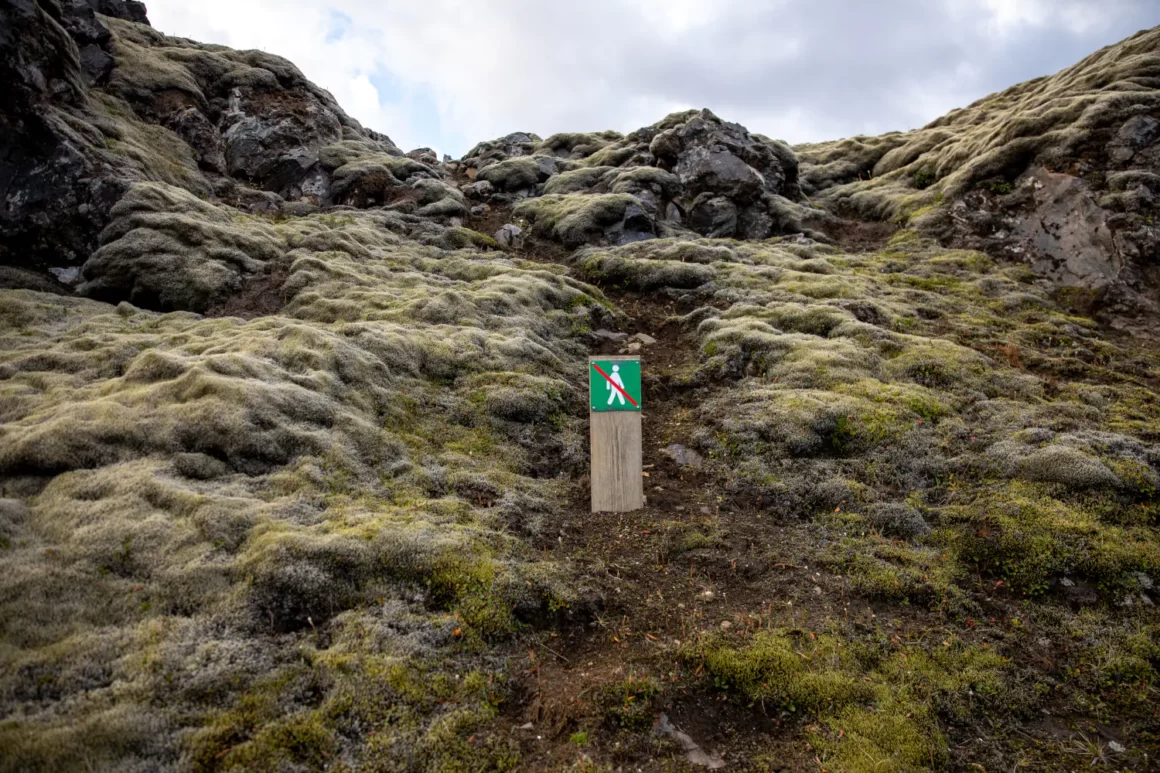
Kenya
This East African country is home to some of the most iconic wildlife on the planet, including elephants, lions, and giraffes. Visitors can go on safari tours in national parks and wildlife reserves, visit Maasai communities, and support conservation projects.

Experience the true essence of eco-tourism through Kenya’s authentic and unforgettable tourism offerings. Your visit to Kenya promises to be a collection of unique travel moments, from walking safaris and camping to Big Five game drives, village bike tours, and yoga sunset sessions. Kenya’s thriving eco-tourism movement ensures that its natural landscape is protected, allowing you to enjoy several eco-resorts and camps across the country while immersing yourself in the vibrant wildlife, sprawling plains, and natural wonders.

Interesting fact: Single-use plastic bags have been banned since 2017 in Kenya in an effort to reduce environmental pollution. The ban includes the production, sale, and use of plastic bags. Violators of the ban can face fines or imprisonment. The move has been praised for its positive impact on the environment, particularly on wildlife and marine life. So if you land to airport with a plastic duty free bag, you might be asked to leave it there…
Be Sustainable Tourist
When planning an ecotourism trip, it’s important to choose responsible tour operators and accommodations that prioritize sustainability and conservation. Look for certifications such as the Global Sustainable Tourism Council and the Rainforest Alliance, and consider staying in eco-lodges or camping instead of large hotels. Remember to minimize your environmental impact by using reusable water bottles, avoiding single-use plastics, and respecting wildlife and cultural sites.
Ecotourism is a rewarding and fulfilling way of traveling that allows visitors to experience the natural world while contributing to conservation efforts and supporting local communities. By choosing responsible and sustainable travel practices, we can all make a positive impact on the environment and leave a lasting legacy for future generations.

